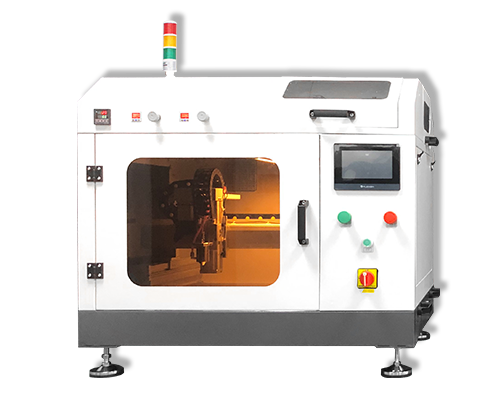Air-breathing PEM Fuel Cells
Newly developed portable electronics require power sup-plies with a higher energy density and longer operation time. As a substitute for currently used batteries, fuel cells are beingconsidered based on their potential to fulfil these requirements. Among the various types of fuel cells, the polymer electrolyte membrane fuel cell (PEMFC) has many advantages for portable electronics such as a low operating temperature, fast response, design flexibility, high power density and so on. However, as aportable power source, PEMFCs have some limitations; use of power-consuming auxiliary devices like pumps, valves, fans and humidifiers should be minimized so as to obtain a high power density.The space and weight allowed for those devices are also very limited. To overcome these limitations, air-breathing PEM fuel cells are being developed.
Air-breathing fuel cells have their cathode structures open toair. Therefore, the performance of an air-breathing fuel cell is strongly affected by the atmospheric conditions including rela-tive humidity and temperature. To operate a PEMFC efficiently, water should be supplied to the cell so that the electrolyte and the electrodes are properly hydrated to maintain a high ionic conductivity. However, forair-breathing portable electronics, an external water supply is not available due to the system com-plexity. Instead, product water generated at the cathode by the electrochemical reaction can hydrate the anode and the elec-trolyte as well as the cathode by back diffusion induced by the difference in water content between the anode and the cathode.Thus, water transport through the membrane is crucial to per-formance improvement of air-breathing PEMFCs. In additionto water supply to the cell, oxygen transport to the cathode can limit the performance of air-breathing PEMFCs, since oxygen is supplied to the cathode only by passive feeding like natural convection. In this study, the effects of the cathode structure on the performance of air-breathing PEMFCs were examined to opti-mize the cathode structure. Based on the results, water transport phenomena in air-breathing fuel cells were investigated with reaction equations.
Ultrasonic fuel cell catalyst coating systems are uniquely suited for these challenging applications by creating highly uniform, repeatable, and durable coatings. From R&D to production, our non-clogging technology results in greater control of coating attributes, significant reduction in materials usage, and reduced maintenance and downtime. Ultrasonic coating systems produce highly durable, uniform, coatings of carbon-based catalyst inks onto both fuel cell and electrolysis processes for proton exchange membrane (PEM) electrolyzers such as Nafion, without deformation of the membrane. Uniform catalyst coatings are deposited onto PEM fuel cells, GDLs, electrodes, various electrolyte membranes, and solid oxide fuel cells with suspensions containing carbon black inks, PTFE binder, ceramic slurries, platinum and other precious metals.
About Cheersonic
Cheersonic is the leading developer and manufacturer of ultrasonic coating systems for applying precise, thin film coatings to protect, strengthen or smooth surfaces on parts and components for the microelectronics/electronics, alternative energy, medical and industrial markets, including specialized glass applications in construction and automotive.
Our coating solutions are environmentally-friendly, efficient and highly reliable, and enable dramatic reductions in overspray, savings in raw material, water and energy usage and provide improved process repeatability, transfer efficiency, high uniformity and reduced emissions.
Chinese Website: Cheersonic Provides Professional Coating Solutions


